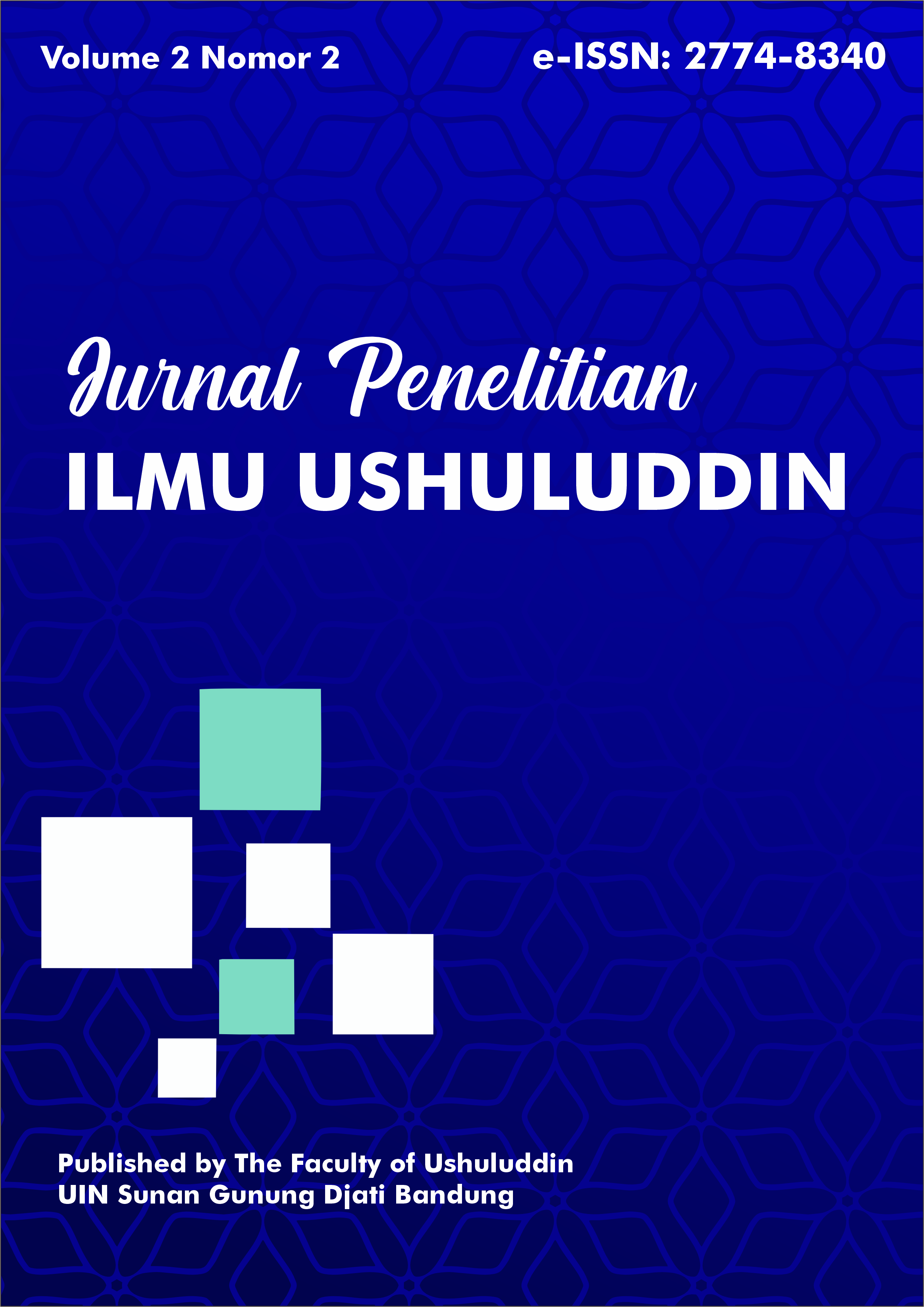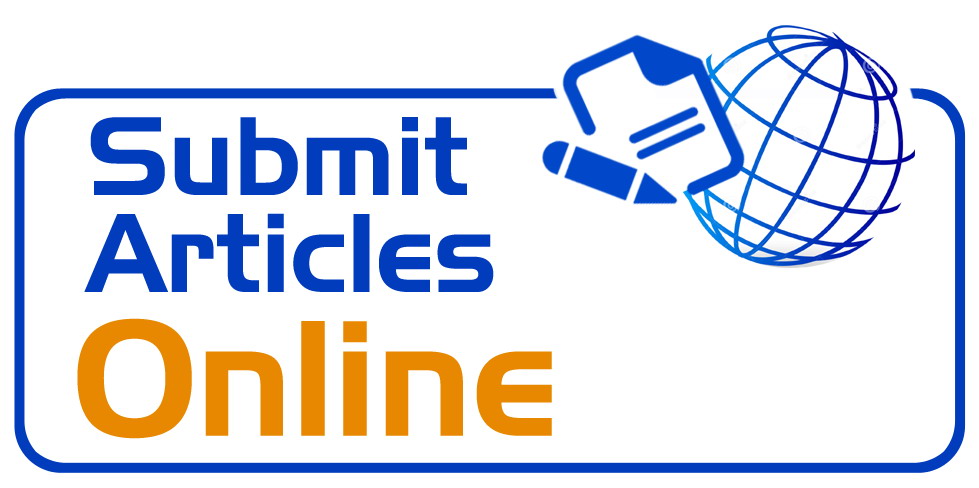Penciptaan Perempuan Pertama dalam Al-Qur’an (Studi Komparatif Penafsiran Wahbah Az-Zuhaili dan Buya Hamka)
DOI:
https://doi.org/10.15575/jpiu.14510Keywords:
Al-Qur’an, Buya HAMKA, Creation of women, Interpretation, Wahbah az-ZuhailiAbstract
This study discusses the creation of the first woman in the Qur’an by comparing the interpretations between Wahbah az-Zuhaili who interpreted that women were created from a man’s rib in the interpretations of al-Munir and Buya HAMKA who interpreted that women were created from the same elements as men Adam in the interpretation of al-Azhar. The research method used is a qualitative method with a comparative study. The results of this study indicate that az-Zuhaili’s interpretation of the creation of the first woman is still conservative and the way of interpreting it is proven to be textual, even though he is a scholar in the contemporary century but unlike the majority of contemporary commentators who interpret the Qur’an contextually. Meanwhile HAMKA in its interpretation provides a more progressive explanation. HAMKA said that women were created from the same element as the Prophet Adam. Therefore, in interpreting the verses of the Qur’an, it will be better if you can understand what is meant by the verse being discussed, not just interpreting it dzhahir. As the results of HAMKA’s interpretation which is more progressive because in understanding the authentic hadith which is used as the basis for interpretation by other commentators, it is understood in a majazi (figurative) way.
References
Aiman, U. (2016). Metode Penafsiran Wahbah Al-Zuhayli: Kajian al-Tafsir al-Munir. MIQOT: Jurnal Ilmu-ilmu Keislaman, 5.
Alviyah, A. (2016). Metode Penafsiran Buya HAMKA dalam Tafsir Al-Azhar. Jurnal Ilmu Ushuluddin, 25-26.
Az-Zuhaili, W. (2013). Tafsir Al-Munir Aqidah, Syariah, Manhaj (Al-Baqarah - Ali 'Imran - An-Nisaa') juz 3 & 4. Jakarta: Gema Insani.
Az-Zuhaili, W. (2013). Tafsir Al-Munir Aqidah, Syariah, Manhaj (al-Ma'idah - al-A'raf) Juz 7 & 8. Jakarta: Gema Insani.
Az-Zuhaili, W. (2013). Tafsir Al-Munir Aqidah, Syariah, Manhaj (Yaasiin - Fushshilat') juz 23 & 24. Jakarta: Gema Insani.
Baidan, N. (1999). Tafsir bi Al-Ra'yi Upaya Penggalian Konsep Wanita dalam Al Qur'an Mencermati Konsep Kesejajaran Wanita dalam Al Qur'an. Yogyakarta: Pustaka Pelajar.
Baihaki. (2016). Studi Kitab Tafsir Al-Munir Karya Wahbah Al-Zuhaili dan Contoh Penafsirannya tentang Pernikahan Beda Agama. Jurnal Analisis, 137-138.
Basid, A. (2017). Asal Penciptaan Perempuan. Jurnal Universum, 121.
Darmalaksana, W. (2020). Metode Penelitian Kualitatif Studi Pustaka dan Studi Lapangan. Pre-print Digital Library UIN Sunan Gunung Djati Bandung, 3.
Fadlillah, N. (2019). Reinterpretasi Hadis Perempuan Tercipta dari Tulang Rusuk. Jurnal Living Hadis, 328.
Faizin. (2018). Diskursus Penafsiran Ayat Penciptaan Perempuan dalam Jurnal Ilmiah di Indonesia. Jurnal Ulunnuha, 8.
Firdaus, M. Y. (2021). Iktibar Kehidupan. Cianjur: Innovasi Publishing.
Ghofur, S. A. (2013). Mozaik Mufasir Al-Qur'an Dari Klasik Hingga Kontemporer. Yogyakarta: Kaukaba Dipantara.
Halimah, S., & Hasibuan, H. (2019). Respons Tokoh Ormas Islam Terhadap Peran Publik Perempuan. MIQOT: Jurnal Ilmu-ilmu Keislaman, 417.
Hamka. (2014). Buya Hamka Berbicara tentang Perempuan. Jakarta: Gema Insani.
Hamka. (2015). Tafsir Al-Azhar Jilid 4 . Jakarta: Gema Insani.
Hamka. (2015). Tafsir Al-Azhar Jilid 8. Jakarta: Gema Insani.
Hamka. (2015). Tafsir Al-Azhar: Jilid 2 Juz 4, 5, 6 Diperkaya dengan Pendekatan Sejarah, Sosiologi, Tasawuf, Ilmu Kalam, Sastra, dan Psikologi. Jakarta: Gema Insani.
Hamka, I. (2013). Ayah... Jakarta: Republika Penerbit.
Hanafi, H. (2016). Teologi Penciptaan Perempuan: Rekonstruksi Penafsiran Menuju Kesetaraan Gender. Jurnal Buana Gender, 150.
Hendri, N. (2018). Tafsir Metafisika Sufisme tentang Penciptaan Perempuan. Jurnal Tajdid .
Ismail, N. (2003). Perempuan dalam Pasungan: Bias Laki-Laki dalam Penafsiran. Yogyakarta: LKiS Yogyakarta.
Izzan, A. (2014). Metodologi Ilmu Tafsir. Bandung: Tafakur.
Kharomen, A. I. (2018). Bias Awal Penciptaan Perempuan Dalam Tafsir Alquran (Perspektif Pendekatan Tekstual dan Kontekstual). Jurnal Al Quds .
Mistiani, W. (2019). Kedudukan Perempuan dalam Al Quran dan Hadis (Status of Women in The Quran and Hadis). Jurnal Musawa, 39.
Muhtador, M. (2017). Gagasan Riffat Hasan tentang Kritik Gender atas Hadis Misoginis. Millati, Journal of Islamic Studies and Humanities, 261.
Rouf, A. (2020). Mozaik Tafsir Indonesia Kajian Ensiklopedis Karya Tafsir Nusantara Dari Abdur Rauf As-Singkili Hingga Muhammad Quraish Shihab. Jawa Barat: Sahifa.
Subhan, Z. (2016). Tafsir Kebencian: Studi Bias Gender dalam Qur'an. Yogyakarta: LKiS Yogyakarta.
Sudaisi, A., Zulfa, I. T., Cholil, M., & Bahri, M. M. Mengenal Tafsir dan Mufasir Era Klasik dan Kontemporer. Jawa Timur: Pustaka Sidogiri Pondok Pesantren Sidogiri.
Sugiyono. (2012). Metode Penelitian Kuantitatif, Kualitatif Dan R & D. Bandung: Alfabeta.
Sugiyono. (2017). Metode Penelitian Kuantitatif, Kualitatif, dan Kombinasi (Mixed Methods). Bandung: Alfabeta.
Supriyadi, T. (2018). Wacana Perempuan Dalam Perspektif Pendidikan Islam. Jurnal Sosioreligi, 14-21
Downloads
Published
Issue
Section
License
Authors who publish in Jurnal Penelitian Ilmu Ushuluddin agree to the following terms:
- Authors retain copyright and grant the journal right of first publication with the work simultaneously licensed under an Attribution-ShareAlike 4.0 International (CC BY-SA 4.0) License that allows others to share the work with an acknowledgment of the work's authorship and initial publication in this journal.
- Authors are able to enter into separate, additional contractual arrangements for the non-exclusive distribution of the journal's published version of the work (e.g., post it to an institutional repository or publish it in a book), with an acknowledgment of its initial publication in this journal.
- Authors are permitted and encouraged to post their work online (e.g., in institutional repositories or on their website) prior to and during the submission process, as it can lead to productive exchanges, as well as earlier and greater citation of published work (See The Effect of Open Access).












